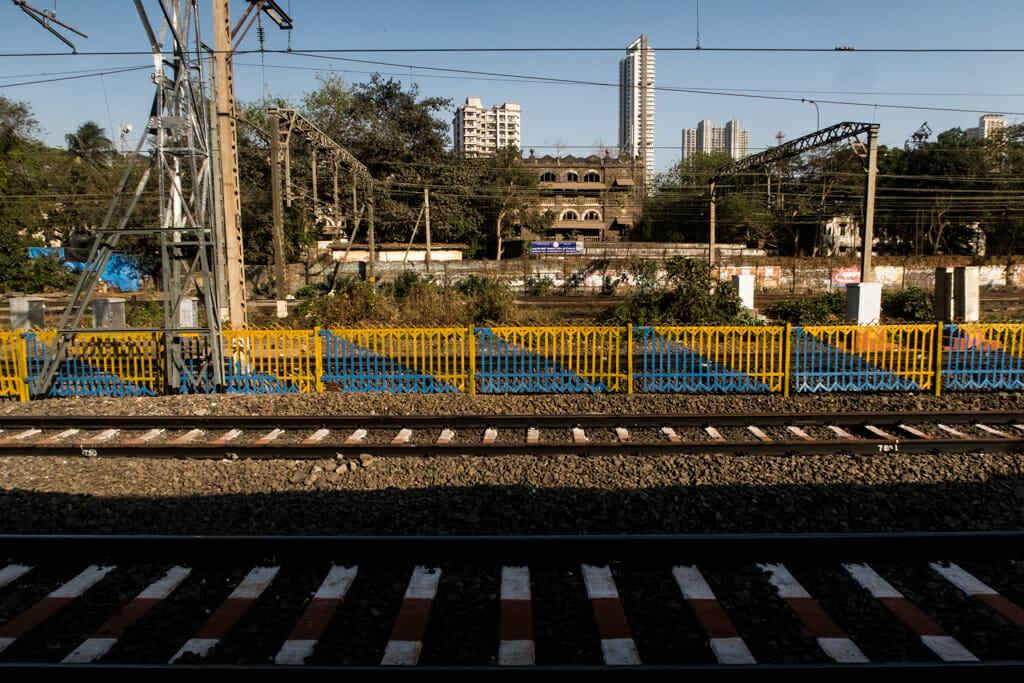Mumbai at a severe risk of plastic pollution
A new study led by a researcher at Indian Institute of Technology (Kharagpur) concludes that out of the total 496 cities in India, Mumbai is at more ‘severe risk’ of plastic pollution from landfills.
The peer-reviewed study—‘Risk of plastics losses to the environment from Indian landfills’—states that the danger of pollution is high because of factors like wind, rain and floods, which leads to Mumbai’s waste dumps being “leaky”.
Other ‘severe’ risk level cities included Kolkata and Chennai, and followed by Delhi. The study also notes that the COVID-19 pandemic increased plastic waste because of used personal protective equipment (PPE) kits, disposable utensils, and packaging of food and groceries.
Source: Hindustan Times
Medical equipment worth crores left unused
As COVID-19 cases started to decline earlier this year, the Brihanmumbai Municipal Corporation (BMC) started the process of dismantling five out of the total nine jumbo centres. By July, the civic body ordered the closure of the remaining four. However, BMC is now left with medical equipment worth crores in hospital godowns as it waits to hear from the state government and peripheral corporations about their requirement.
Items including ICU and paediatric beds to top-of-the-line ventilators, BiPAP machines, chest X-ray machines, defibrillators, monitors to wheel chairs, bedside lockers, are lying unused at the storage facility of Seven Hills Hospital in Marol. Notably, the surplus inventory is despite civic hospitals taking various items to start new units and bolster existing ones.
Source: Times of India
BMC to spend crores on lighting up Mumbai for a week
The BMC has allocated Rs 15 lakh to all the 24 wards under it to light up important public spots in the city for Diwali next week. The civic body has proposed to spend a total of Rs 3.6 crore for the same.
The amount of Rs 15 lakh per ward has already been transferred them by the head office. This money would be spent on illumination that would be kept only for one week.
Source: Times of India
Fatalities on railway tracks increased in 2021

Data released by NGO Praja Foundation shows an increase in accidental deaths on railway tracks, from 452 deaths in 2020 to 733 in 2021. Due to increasing number of coronavirus cases at the time, the deaths were lower in 2021 compared to pre-pandemic years.
A total of 589 in 2021 and 473 in 2020 were injured while traveling in a Mumbai local. The data showed that Borivali and Kurla stations reported maximum number of deaths in the city.
Source: Hindustan Times
CR may change entry-exit points for stations under it
The Central Railways (CR) faced criticism about porous station borders after an auto-rickshaw entered Kurla station on October 12th due to lack of barricading. In light of this, the CR is now in the process of rechecking entry and exit points at all stations under it.
According to the Kurla Railway Protection Force (RPF), the latest incident occurred around 1 am. However, it was not an isolated mishap. Recently, a man was found riding his motorcycle on the platform of Shahad railway station using the ramp prepared for disabled commuters.
Source: Mid-Day
[Compiled by Eshan Kalyanikar]